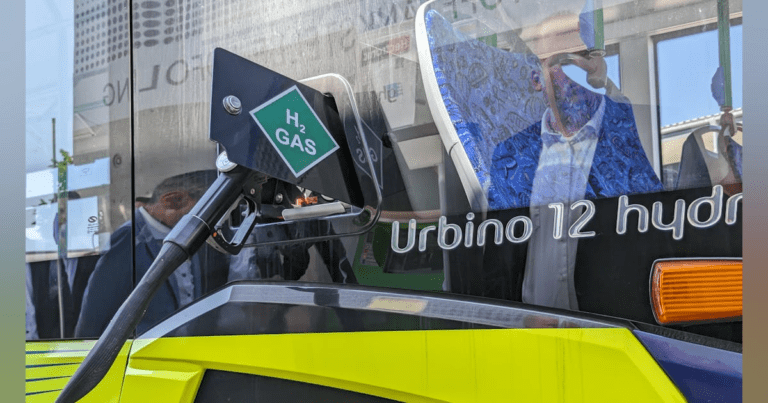“We are looking into how to utilize them in both a combustion engine and a fuel cell.” Jessica Sandstrom, head of product management at Volvo Trucks, said during a presentation at the OEM’s headquarters in Gothenburg, Sweden, less than a week after Germany celebrated the grand opening of another hydrogen fueling station (Sweden’s first public H2 station is under development in Gothenburg). at present). “It will be important that it be green hydrogen because hydrogen in itself is not a green fuel. When we talk about how to use it in a truck, it can be emissions-free – but it’s also about production. To produce green hydrogen you have to have green electricity as the main source.”
Hydrogen is exciting because renewable energy can be harvested everywhere, especially in areas with full sun and wind. It can be sold and transported as a commodity by truck, as seen in Bavaria. But if the electricity needed to extract H2 from H2O is not produced by solar, wind, or other renewable energy sources, then hydrogen is not green. It’s just shifting carbon production to another source besides vehicles.
Fuel cell innovators boast of their efficiency in converting hydrogen into electricity to power fuel cell stacks. While this energy conversion is more efficient than traditional internal combustion engines, it still cannot work financially without several incentives. Incentives are no way for any company, especially trucking, to make long-term plans.
Throughout my time in Europe this month exploring alternative fuel technologies for trucking, the same phrase came up again and again when discussing how hydrogen could succeed as a trucking fuel: a “chicken or the egg” scenario.
What comes first? Fuel cell and hydrogen trucks or the hydrogen fueling infrastructure to support them? Hydrogen proponents believe that infrastructure should be built with equipment powered by hydrogen gas.
But gas stations did not come before cars. Truck stops did not come before trucking. BEV charging certainly didn’t come before electric cars. OEMs and others had to prove that their transportation technology — the Model T more than 100 years ago or VNR Electric more recently — worked before fuel and energy companies saw the commercial benefits of selling fuel or battery power.
For this reason, even fleets that rely on something else besides battery electric power for long-range, carbon-neutral operations will likely have to wait before they can see the power of green hydrogen.





